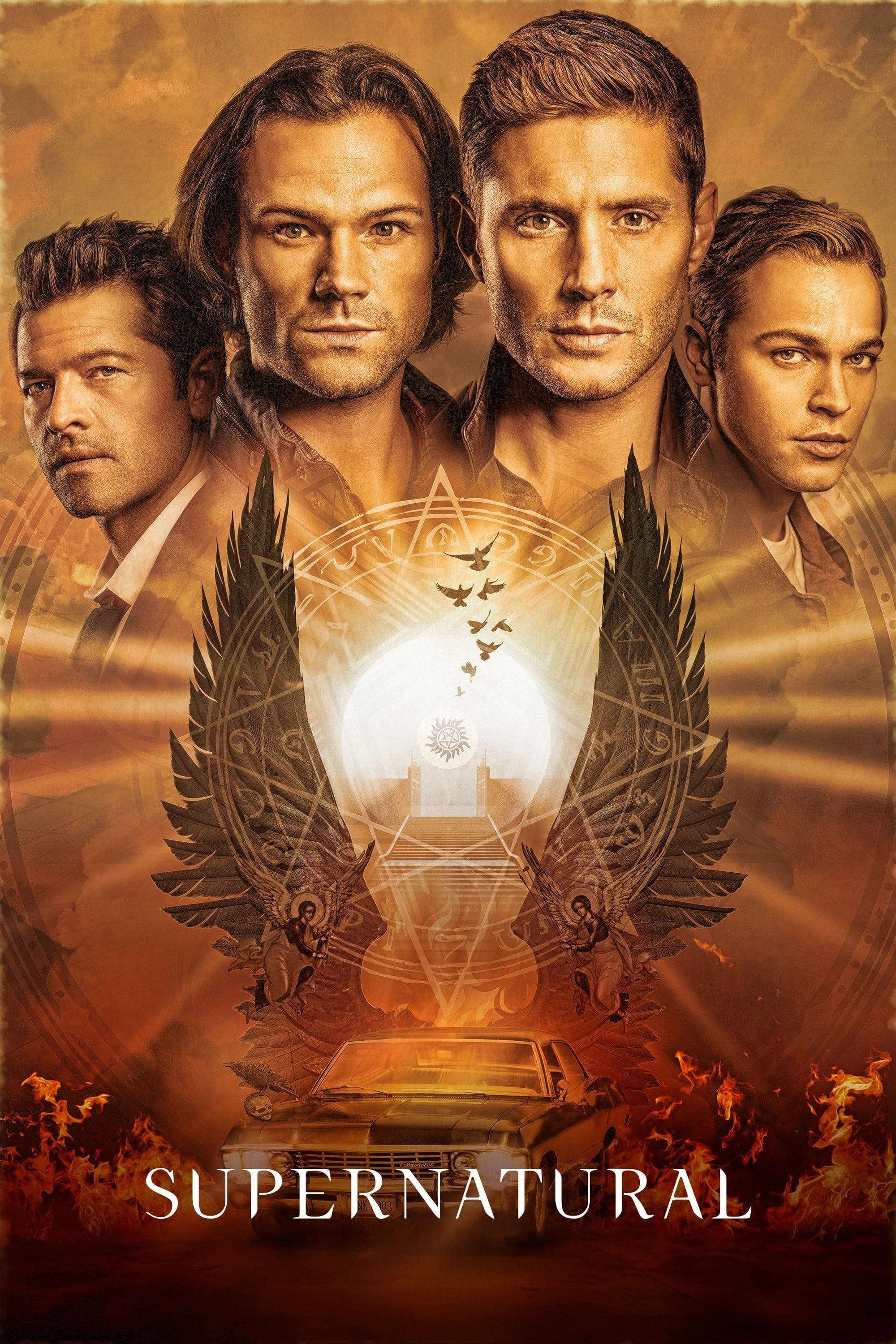
Freek Borstlap, Ivanka Neeleman, Haru Kitamika – Johan Schenk, Christiaen Herwich, Philippus Hacquart: The Spirit of Gambo (2006)
SACD ISO (2.0/MCH): 3,46 GB | 24B/88,2kHz Stereo FLAC: 1,10 GB | Full Artwork: 151 MB
Label/Cat#: Stockfisch Rec. # SFR 357.4042.2 | Country/Year: Germany 2006 | 3% Recovery Info
Genre: Classical | Style: Chamber Music, Viola da Gamba
Members of the viol family, with their 6 (or 7) strings and fretted necks were the string instruments of choice during the Renaissance and early Baroque, slowly being replaced by the 5-string and fret-less violin family. The bass viol, the ‘viola da gamba’ (so named as it was held between the knees), was a particular favourite of royal and aristocratic domestic music making over a long period.
Read more
The Spirit of Gambo & Freek Borstlap – Consort Music for Viols in Five Parts (2019)
FLAC (tracks) 24 bit/96 kHz | Time – 01:06:37 minutes | 1,22 GB | Genre: Classical
Studio Masters, Official Digital Download | Front Cover | © Musica Ficta
In a long lifetime that extended from the late Renaissance era through the early Baroque, John Jenkins saw major changes in the development of English chamber music, though many of these were of his own devising. Particularly in the field of consort music, Jenkins was industrious and innovative, reviving the traditional In Nomine and elaborating the form of the fantasy for viol consort, composing them in four, five, and six parts. For this 2019 release on Musica Ficta, Freek Borstlap and his viol consort, The Spirit of Gambo, present the Fantasies in Five Parts, a set of 17 pieces presented in a scheme based on their tonality, rather than in numerical order. Listeners who may not know of Jenkins may find his work similar in mood and style to the later and better-known fantasies of Henry Purcell, who undoubtedly benefitted from Jenkins’ examples as much as from William Lawes’ consort music. The lyrical lines and polished textures of Jenkins’ fantasies were distinct from Lawes’ more assertive and energetic style, and the variety of expressions and range of ideas put his fantasies among the finest English works of the early 17th century. The sound of the recording is quite clear and focused, though the consort’s textures are softened by the resonant acoustics of the Doopsgezinde Kerk in Haarlem.
Read more






















